Get in touch now!
I understand that my data will be hold securely in accordance with the privacy policy.
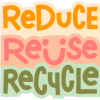
Contact Us
Contact us and get started conserving.
![]()
Are you ready for coffee?
Ghala industrial area, way No. 266 No 1.A.3148, Muscat, OmanPlastic pollution, particularly from PET (Polyethylene Terephthalate) plastic, is one of the most significant environmental issues today. PET is widely used in beverage bottles, food containers, and packaging materials. Recycling PET plastic plays a crucial role in reducing waste, conserving resources, and promoting a more sustainable environment. This article explains how PET plastic recycling works, its importance, and the processes involved in converting PET waste into new products.
PET, short for Polyethylene Terephthalate, is a versatile thermoplastic polymer used in various packaging and consumer products. You likely encounter PET in beverage bottles, containers, and food packaging. PET is durable, lightweight, and resistant to moisture, making it an ideal material for storing liquids and other products.
Besides its durability, PET is cost-effective and easy to manufacture, which makes it a top choice for packaging. However, its widespread use has led to an increase in plastic waste, which is why effective recycling methods are crucial for minimizing its environmental impact.
ecycling PET plastic is essential for a variety of reasons:
By recycling PET plastic, we not only reduce pollution but also promote a circular economy, where materials are reused rather than discarded.
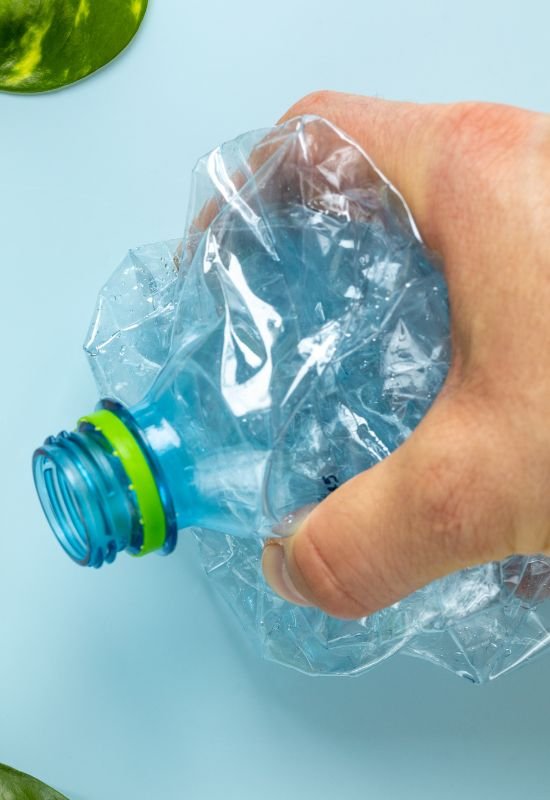
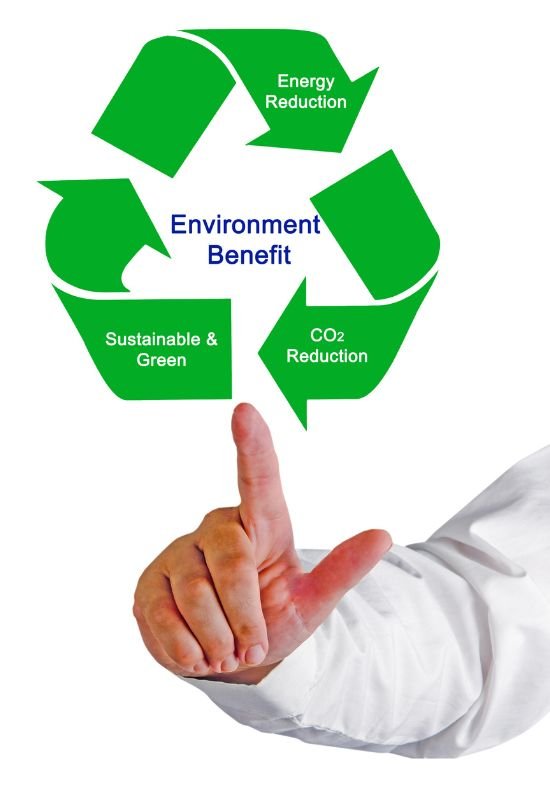
The process of recycling PET plastic involves several steps to turn discarded materials into reusable products. Let’s look at each step:
The recycling journey begins with collecting PET plastic. Consumers place their empty bottles and containers in recycling bins, and they are then gathered through curbside pickup, drop-off stations, or industrial collections. Sorting is the next critical step. PET must be separated from other types of plastic, paper, glass, and metals.
Advanced technologies, like infrared sensors, are used to distinguish PET from other materials. Manual sorting is also employed in some cases to remove contamination. Proper sorting ensures that the recycling process produces high-quality PET plastic without impurities.
Once sorted, the collected PET plastic is washed to remove any dirt, food residues, labels, and adhesives. The cleaning process ensures that the recycled PET is of high quality. Clean PET plastic has a greater chance of being turned into usable products without contamination.
Recycling facilities often use hot water, detergents, and high-pressure washing to clean the plastic. This ensures that all contaminants are removed, providing a clean base for the next stages of recycling.
The cleaned PET plastic is then shredded into small pieces. These pieces, known as flakes, are easier to process and mold. Shredding is done using specialized machines that cut the plastic into uniform pieces. This step not only makes the material more manageable but also helps in the removal of any remaining impurities.
Shredded PET is also more consistent in size, making it easier to process into new products. After shredding, the PET material is ready for further processing, such as extrusion or pelletizing.
The next step involves melting the shredded PET and pushing it through a mold to create small pellets. These pellets are uniform in size and shape, making them easier to handle and use in manufacturing.
Extrusion is a key process because it ensures that the recycled PET can be used for a wide range of products. For example, recycled PET can be formed into fibers for textiles, new plastic bottles, or even products for the automotive or construction industries.
The final stage of PET recycling involves turning the pellets into new products. Manufacturers use the recycled PET pellets to create various items, including:
Recycled PET has a wide range of applications, making it a valuable material for many industries.
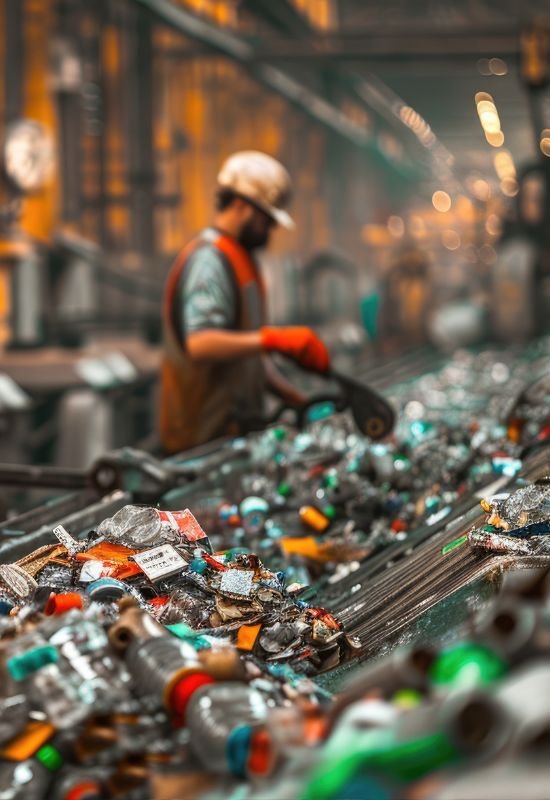
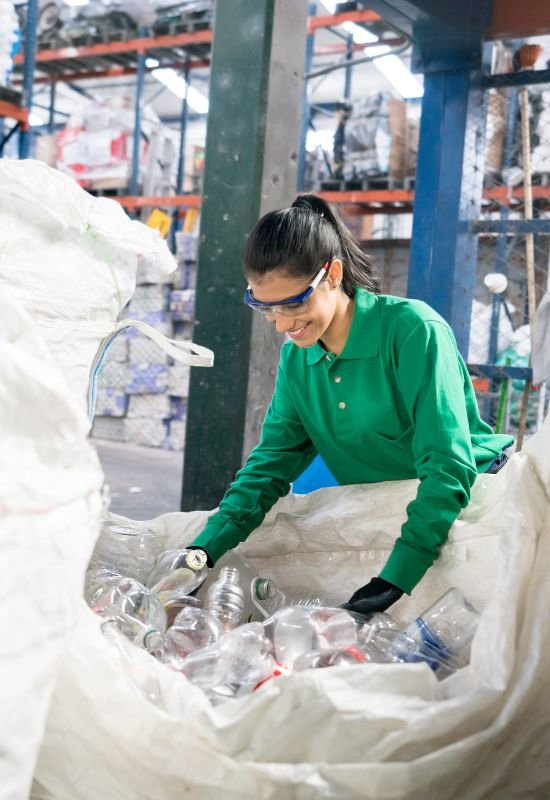
Recycling PET plastic has numerous environmental advantages:
By supporting PET recycling, we contribute to cleaner landfills, a reduction in energy consumption, and the responsible use of resources.
While PET recycling offers many benefits, it also faces several challenges:
Contamination is one of the biggest hurdles in recycling PET plastic. Items like food residue, labels, and caps can spoil the quality of recycled PET. Even small amounts of contamination can reduce the effectiveness of recycling.
To overcome this, recycling facilities invest in advanced sorting and cleaning systems. Proper public education about waste disposal also plays a key role in reducing contamination.
Recycling PET is not always cost-effective, especially in regions with underdeveloped recycling infrastructure. Setting up the necessary systems for collection, sorting, and processing requires significant investment. Without proper incentives or government support, some recycling programs may not be financially sustainable.
In many parts of the world, the infrastructure for PET recycling is lacking. This makes it difficult to process large amounts of PET plastic effectively. In areas with limited recycling facilities, PET waste often ends up in landfills or the environment.
Expanding recycling infrastructure and improving waste management systems are essential to addressing this issue.
Consumers play an essential role in ensuring the success of PET recycling programs. Here’s how individuals can help:
Educating the public about proper disposal and the benefits of recycling is key to increasing PET recycling rates.
The future of PET recycling is bright, thanks to advancements in recycling technology and growing environmental awareness. New innovations are making the recycling process more efficient, cost-effective, and accessible. Additionally, industries are finding new ways to incorporate recycled PET into their products, expanding its applications and reducing the need for virgin plastic.
Governments and organizations around the world are increasingly recognizing the importance of PET recycling. In the coming years, we can expect to see more widespread adoption of recycling programs, greater consumer involvement, and improved technologies that will make PET recycling even more efficient.
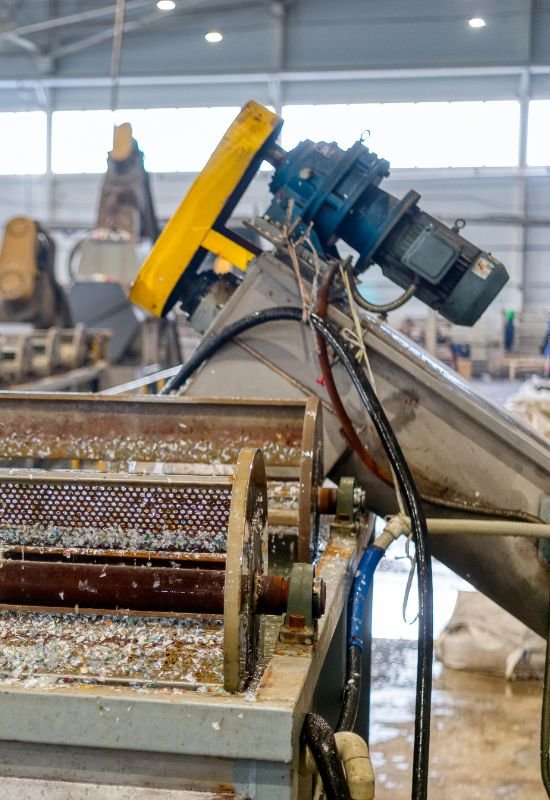

![]()
Are you ready for coffee?
Ghala industrial area, way No. 266 No 1.A.3148, Muscat, Oman